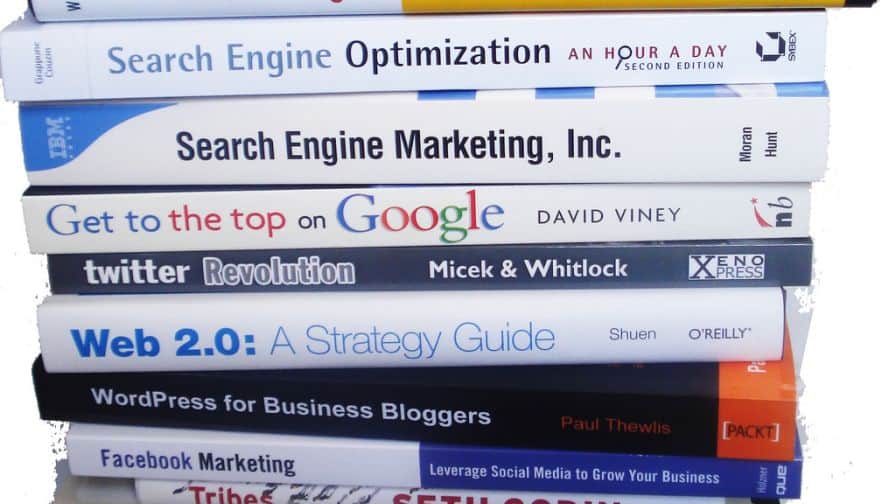Rumours echoing around the SEO community suggest that Google has conducted widespread changes to its all-important Quality Rating Guidelines – the resource that dictates where a website ranks on the search engine.
The company is yet to make an official announcement regarding what some bloggers consider to be a ‘complete rewrite’ to its original handbook, and a revised version has not been released.
However, reports indicate that a brand new set of guidelines have been active for around three months and used by Google’s contractors to determine what makes a top-ranking website.
As SEO experts await a document leak similar to the ones which took place in early 2009 and late 2011, some have began to dissect the available evidence and draw conclusions from the information on offer.
Placing trust with authority
According to SEM Post writer Jennifer Slegg, who has published a full review of what she believes to be version 5 of the Quality Rating Guidelines, clear emphasis has been placed on rewarding sites with an air of authority and trustworthiness.
This should come as one of the least surprising take-aways from the early reports, as Google has made no secret of its intention to promote the work of reliable sources.
It is believed that sites with good E-A-T, or “expertise, authoritativeness and trustworthiness” should be handed a higher quality rating when Google’s new handbook comes fully into play.
At the other end of the scale, sites may be penalised if any of their content fails to pass the E-A-T test. This encompasses everything from blogs written by site owners to entries generated by its users, stressing the need for companies to police their forums where necessary.
Relevancy from all angles
Supplementary content is set to become another big focus for Google. Sites will have to ensure they not only have related ads running on their sites, but that each result is as relevant as possible to the content it supports.
Sites that overload their pages with ads may even be due a rankings downgrade in the future, so there will be far more emphasis on doing more with less.
In addition, speculators have predicted the demise of whole forms of online advertising through Google’s new handbook. Future penalty contributors include inline placements, which pop up when a user hovers over a link.
Other notable insights include an impending clampdown on sites with poor page design, which even extends to editors placing numerous advertisements in the middle of their content, as well as a complete change in the way e-commerce sites are graded by Google rankers.
In an attempt to level the SEO playing field, merchants are to be rated on their provision of basic information such as contact details and their return and exchange policies. This is expected to go down well with smaller firms who do not have the budget or technical knowledge to supply anything more than the fundamentals.

